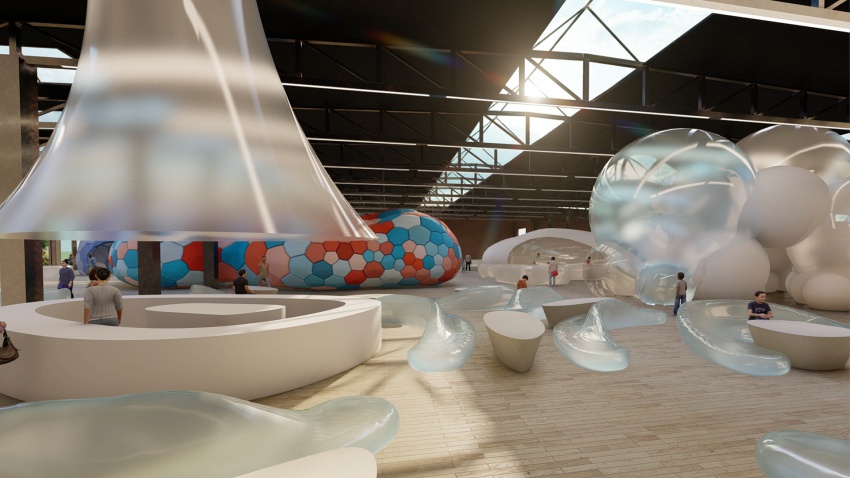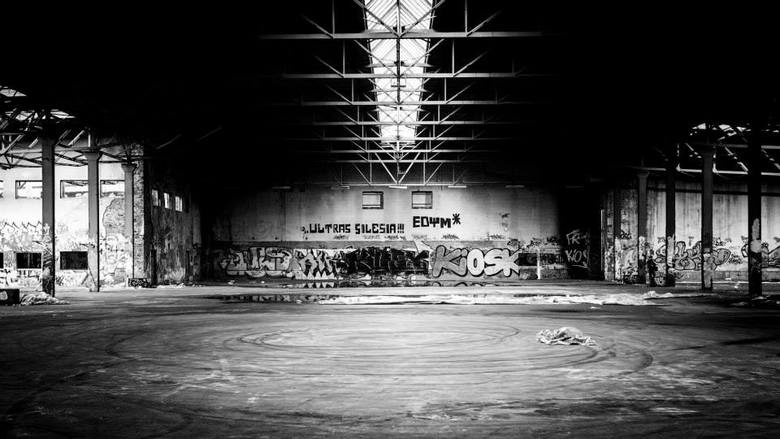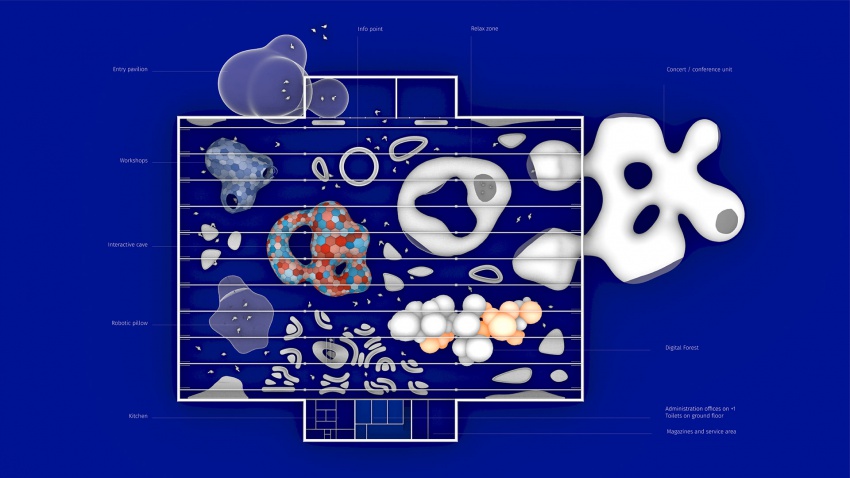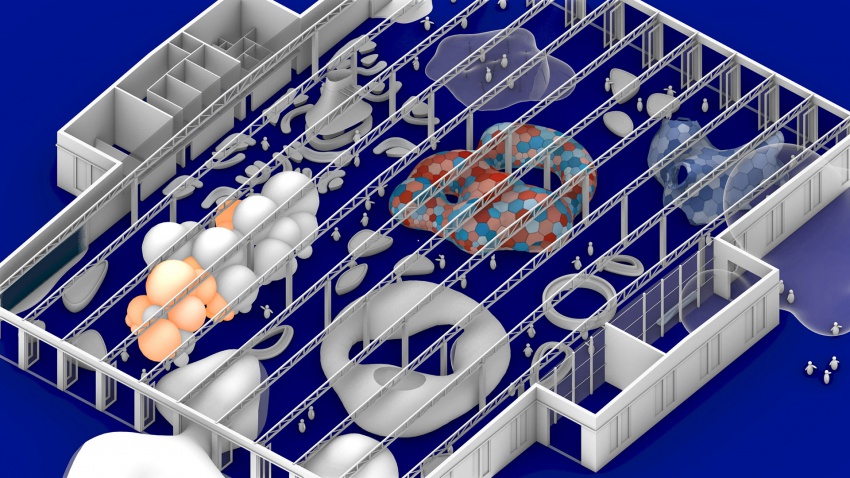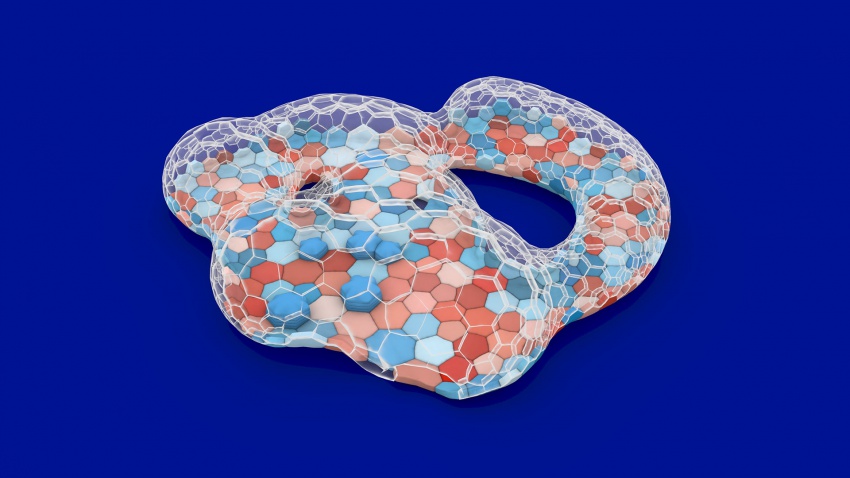Difference between revisions of "project01:Overview"
| Line 90: | Line 90: | ||
In today’s rapidly changing world of new technologies, automation, digitization and artificial intelligence, we should consider possible alternatives to shaping architecture. Architecture can be more kinetic, evolutionary over time, embody robotics solutions, and become responsive to our changing needs. What is needed is to identify the materials and systems that are best suited to create new forms that make adaptable architecture. In this work, I hypothesize that inflatables, whose potential has not yet been fully utilized, still have a role to play in the area of more interactive and evolving architecture | In today’s rapidly changing world of new technologies, automation, digitization and artificial intelligence, we should consider possible alternatives to shaping architecture. Architecture can be more kinetic, evolutionary over time, embody robotics solutions, and become responsive to our changing needs. What is needed is to identify the materials and systems that are best suited to create new forms that make adaptable architecture. In this work, I hypothesize that inflatables, whose potential has not yet been fully utilized, still have a role to play in the area of more interactive and evolving architecture | ||
| + | |||
<br><br> [[File:Inflatables_Heritage.jpg | 850px]]<br><br> | <br><br> [[File:Inflatables_Heritage.jpg | 850px]]<br><br> | ||
| + | |||
| + | The project explores the possibilities of reusing abandoned post-industrial structures and objects of architectural heritage. Objects, which are usually difficult to renovate due to high costs and their poor physical condition, could be filled with new inflatable volumes and thus be filled with new space, function, and life. | ||
| + | |||
<br><br> [[File:Inflatables_Plan.jpg | 850px]] <br><br> | <br><br> [[File:Inflatables_Plan.jpg | 850px]] <br><br> | ||
<br><br> [[File:Inflatables_Akso.jpg | 850px]] <br><br> | <br><br> [[File:Inflatables_Akso.jpg | 850px]] <br><br> | ||
<br><br> [[File:Inflatables_Cave.jpg | 850px]] <br><br> | <br><br> [[File:Inflatables_Cave.jpg | 850px]] <br><br> | ||
<br><br> [[File:Inflatables_Render.jpg | 850px]] <br><br> | <br><br> [[File:Inflatables_Render.jpg | 850px]] <br><br> | ||
Revision as of 18:54, 21 September 2020
In today’s rapidly changing world of new technologies, automation, digitization and artificial intelligence, we should consider possible alternatives to shaping architecture. Architecture can be more kinetic, evolutionary over time, embody robotics solutions, and become responsive to our changing needs. What is needed is to identify the materials and systems that are best suited to create new forms that make adaptable architecture. In this work, I hypothesize that inflatables, whose potential has not yet been fully utilized, still have a role to play in the area of more interactive and evolving architecture
The project explores the possibilities of reusing abandoned post-industrial structures and objects of architectural heritage. Objects, which are usually difficult to renovate due to high costs and their poor physical condition, could be filled with new inflatable volumes and thus be filled with new space, function, and life.
